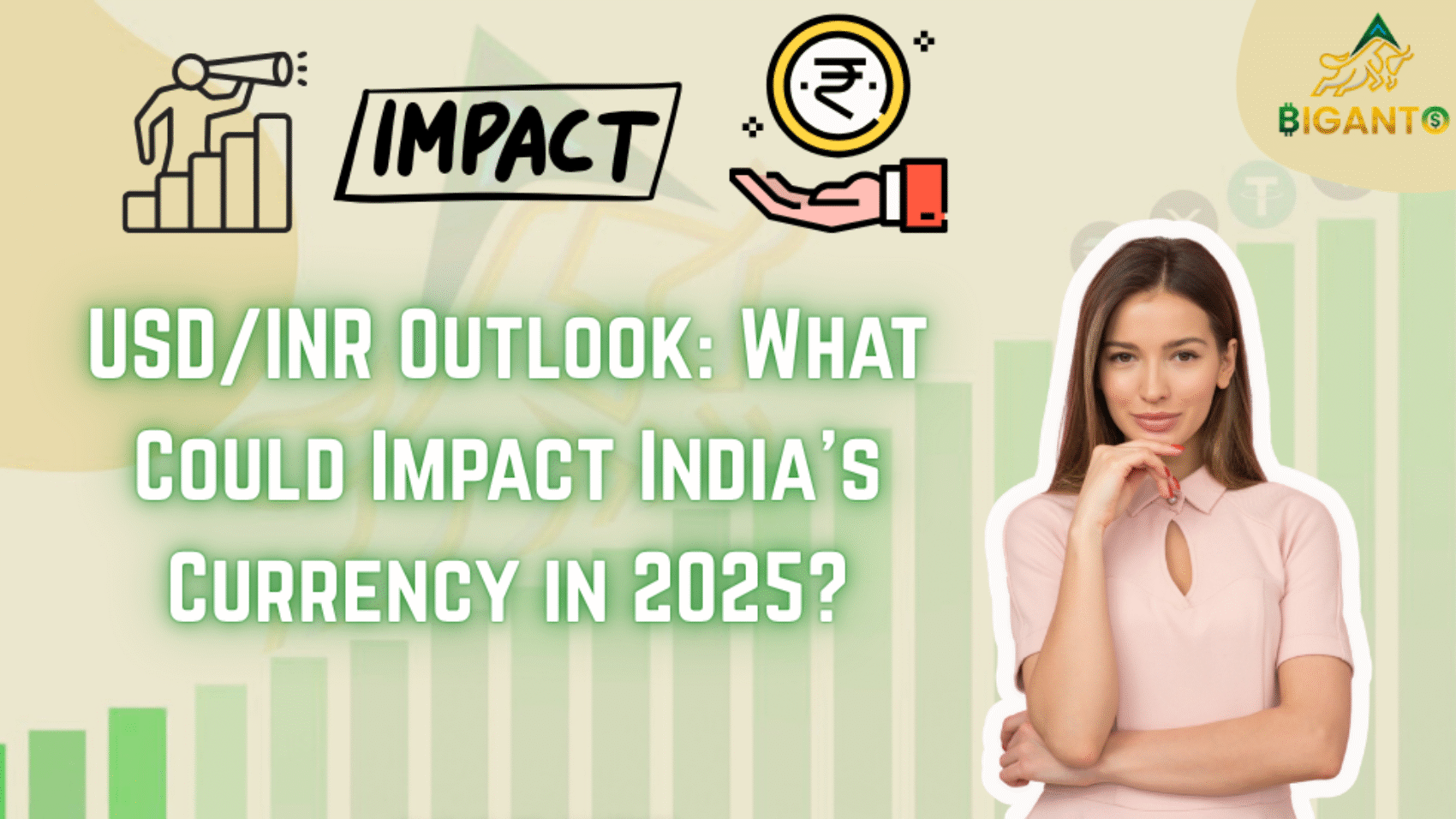USD/INR exchange rate remains a critical focal point for currency traders, policymakers, importers, exporters, and investors.
Fed vs. RBI
Policy of the Federal Reserve (USA)
The Fed and RBI will impact USD/INR in 2025 through interest rates, oil prices, inflation, and foreign flows.
The Fed paused hikes after raising rates in 2022–2023 to curb inflation.
As of July 2025, rates remain at 5.00–5.25%.
If inflation drops and recession risks grow, a rate cut may come in Q4 2025.
Impact on INR:
Should the Fed lower interest rates, the dollar may weaken, which would help the rupee. Conversely, if the Fed continues to adopt a hawkish posture because of sticky inflation, money might leave emerging economies, which would devalue the INR.
Policy of the Reserve Bank of India (RBI)
For over a year, the RBI has maintained the repo rate at 6.50%, carefully calibrating its monetary stance to foster economic expansion while containing inflation, currently hovering at 4.8% — a figure aligning closely with the central bank’s tolerance band.
Key Takeaway The rupee may be under pressure if the interest rate gap between the US and India narrows and fewer foreign capital inflows occur.
Geopolitics and the Crude Oil Prices
Capital flows and risk sentiment influence the USD/INR, both driven largely by the global economy.
Global Growth: In 2025, the IMF predicts 3.0% global growth. Stronger demand for developing market assets, such as Indian debt and stocks, typically results from a stronger global economy, which helps to boost the INR.
Crude Oil Prices: One of the biggest importers of crude oil is India. Rising global oil prices increase India’s import bill, which the country pays in US dollars.. This increases demand for US dollars and puts pressure on the INR to depreciate. One of the primary risk factors for oil prices is still geopolitical concerns, especially in the Middle East.
Foreign Investment Flows – FDI and FPI (foreign investment flows)
Foreign Portfolio Investments –When investors convert Indian rupees (INR) back into foreign currencies, FPI withdrawals from Indian debt and stocks can considerably devalue the rupee. On the other hand, consistent FPI inflows offer assistance. There have been moments of both outflows and fresh inflows into Indian markets in 2025, indicating some volatility in the trends.
Foreign Direct Investment – India is still a desirable location for foreign direct investment (FDI). Strong FDI inflows, which increased significantly in FY 2024–2025, offer a reliable source of foreign exchange and support the Rupee.
Exchange rate-influencing factors
Several factors influence the exchange rate between the USD and INR. Making wise trading decisions requires an understanding of them.
Interest rates: One important factor is the difference in interest rates between the US and India. Higher US interest rates draw investments from India, increasing the value of the USD and decreasing the demand for INR. As a result, the USD rises and the INR falls.
Inflation A nation’s inflation lowers a currency’s purchasing power. A dollar gains value over a rupee if inflation in India is higher than in the US. This weakens the INR. India’s inflation, as measured by CPI, has stabilized between 4.5%–5%, aided by a good monsoon, government subsidies on food, and easing commodity prices.
Economic growth Like interest rates, the USD gains appeal when the US economy is robust and expanding. This makes the USD stronger than the INR. The Indian government’s capital expenditure push and rising domestic consumption are likely to support GDP growth in 2025. However, persistent food inflation or supply-side shocks could challenge the RBI’s stance.
Political and economic stability Both nations’ political and economic policies have the potential to influence investor confidence, which in turn may have an impact on the exchange rate.
Supply and demand The amount of USD or INR that is available and the level of demand for them determine the exchange rate, just like it does for any other good. When demand for USD is higher than that of INR, the USD exchange rate rises.
Extra advice for trading USD INR
Here are some pointers for trading USD INR
Remain informed Keep abreast of world events that may affect the exchange rate, central bank policy, and economic news.
Start small To comprehend market dynamics and successfully manage risk, start with smaller trading positions.
Practice risk management Use stop-loss orders to reduce possible losses and use caution when using leverage. The key is discipline: To prevent making rash decisions, cultivate trading discipline and follow your plan.
Seek professional advice For individualized advice based on your risk tolerance and financial objectives, think about speaking with a financial advisor.
In conclusion
The Fed and RBI will shape the USD/INR exchange rate in 2025 through their interest rate decisions, along with the effects of oil prices, foreign investments, and inflation. Despite India’s strong economy, global uncertainties and rising oil costs could still put pressure on the rupee.
The INR might hover between 83.00 and 85.00 if world conditions maintain steady. However, it might become much weaker in the event of negative shocks. To successfully traverse the upcoming year, traders need remain informed and practice prudent risk management.

